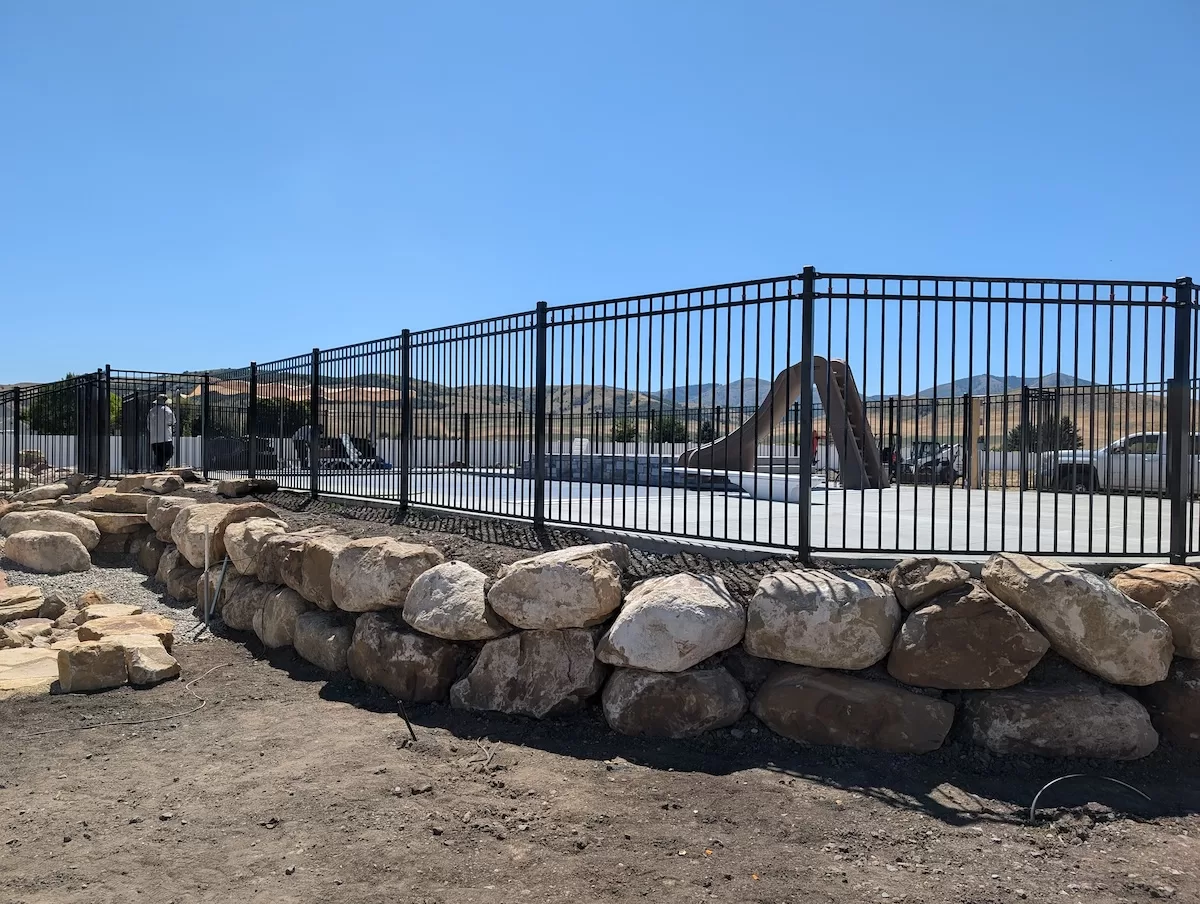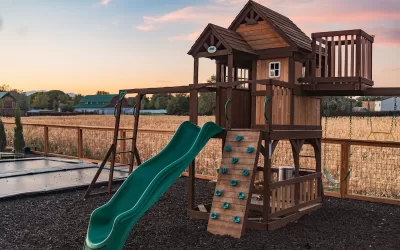When you’re looking to boost your property’s security, privacy, and curb appeal, installing a new fence is one of the best investments you can make. But let’s face it—getting a fence built isn’t always as simple as it sounds. It takes thoughtful planning to ensure your project goes smoothly from start to finish.
At High & Tight Fencing, we’ve got your back. We’ll guide you step-by-step and help you put together a realistic timeline that fits your needs. From setting your budget and gathering bids to scheduling around other home improvement projects, here’s everything you need to know to confidently plan your fence installation.
1. Set Your Budget Early
The first step in planning any fencing project is to determine your budget. Knowing how much you’re willing to spend will help narrow down your choices for materials, design, and size. To make the process easier, High & Tight Fencing offers a free online estimating tool that gives you a quick, ballpark estimate based on your project’s specific needs.
By getting an estimate in advance, you’ll have a clearer understanding of the potential costs, allowing you to plan your budget accordingly. Make sure to factor in additional costs for things like permits, property surveys, and potential landscaping adjustments.
2. Reach Out for Bids 6-8 Weeks in Advance
Once you have a budget in mind, the next step is to gather bids from reputable fence contractors. It’s best to request bids at least 6-8 weeks before you plan to start the project, especially during the busy spring and summer seasons when fencing companies are in high demand.
Why Plan Early?
- Contractors can book up quickly during peak seasons.
- Getting bids early allows time to compare prices and services.
- You’ll have time to discuss custom options and make adjustments to your plans.
When requesting bids, be sure to provide detailed information about your project, including the type of materials you prefer, the size of the area to be fenced, and any special features or design preferences. This will ensure you receive accurate and competitive quotes.
3. Schedule Around Other Property Projects
Timing is everything when it comes to planning your fence project. It’s essential to schedule your fence installation around other home improvement projects to avoid delays and complications.
Plan Your Fence Before Landscaping – It’s best to install your fence before adding new landscaping features like flower beds, shrubs, or sod. Heavy machinery and digging during fence installation can disturb landscaping, so it’s wise to complete the fence first.
After Tree Trimming or Removal – If you need to remove or trim trees near the fence line, take care of this before starting your fence project. This ensures that branches and roots don’t interfere with the installation process.
Coordinate with Pool or Deck Construction – If you’re planning to build a pool or deck, install the fence afterward to secure the area and ensure compliance with local safety regulations.
By considering the timing of these projects, you’ll prevent unnecessary damage and ensure a smooth installation process.
4. Consider Whether You Need a Property Survey
Before installing a fence, it’s important to determine the exact boundaries of your property. If you’re unsure where your property lines are, you may need to hire a professional surveyor to mark them. Property surveys can take several weeks to schedule and complete, so it’s essential to factor this into your project timeline.
When to Get a Survey:
- If there’s any uncertainty about property lines.
- If you and your neighbors do not agree on the property line.
- If required by local regulations or homeowners’ associations.
Getting a property survey ensures that your fence is built within your property boundaries and avoids potential legal complications down the line. There may be pins or other property markers you can use to find your property line, but these can sometimes be moved and disputes can potentially still occur.
5. Finalize Your Design and Secure Permits
Once you’ve budgeted, gathered bids, and coordinated with other projects, the next step is to finalize your fence design and secure any necessary permits. Some cities and homeowners’ associations require permits before installing a new fence, which can take time to process. Be sure to check with your local authorities to ensure you comply with all regulations.
6. Schedule Installation and Prepare for Construction
After all the planning is complete, it’s time to schedule your installation. Depending on the size and complexity of your project, fence installation can take anywhere from a few days to a couple of weeks. Be sure to prepare the site by clearing obstacles and ensuring easy access for the installation crew.
Ready to Protect What’s Yours with Quality Fencing?
By taking the time to plan your fence project properly, you’ll save time, money, and avoid unnecessary delays. Whether you’re installing a new fence for privacy, security, or aesthetics, High & Tight Fencing is here to help. Use our free online estimating tool to get started and contact us today to schedule your consultation. With careful planning and the right fencing contractor, you’ll be well on your way to enjoying a beautiful, functional fence that enhances your property.




